Installation Process
| Steps | View |
|---|---|
1. Removal of Old Surface & Check Rail
|
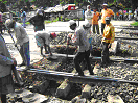
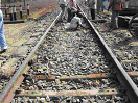
|
2. Ballast Filling
|
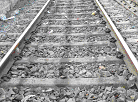
|
3. Foundation of Concrete Edge Beam
|
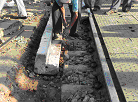
|
4. Laying of Rubber Panel
|
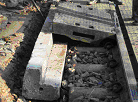
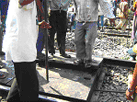
|
5. Rubber Plug
|
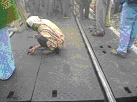
|
6. End Clamp Fitment
|
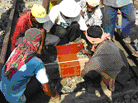
|
7. Blocking of Rail / Road
|
Get in touch
Contact Us for Technology Transfer for the Rubberised Level Crossing System.This system is applicable in all climatic conditions and railway tracks across the Globe.
Call us on
9681370622
Email us
metalastik@gmail.com

